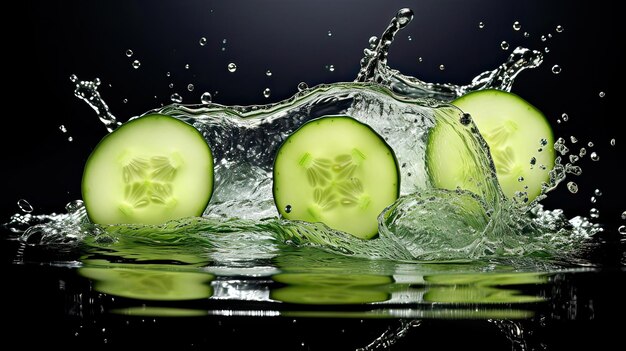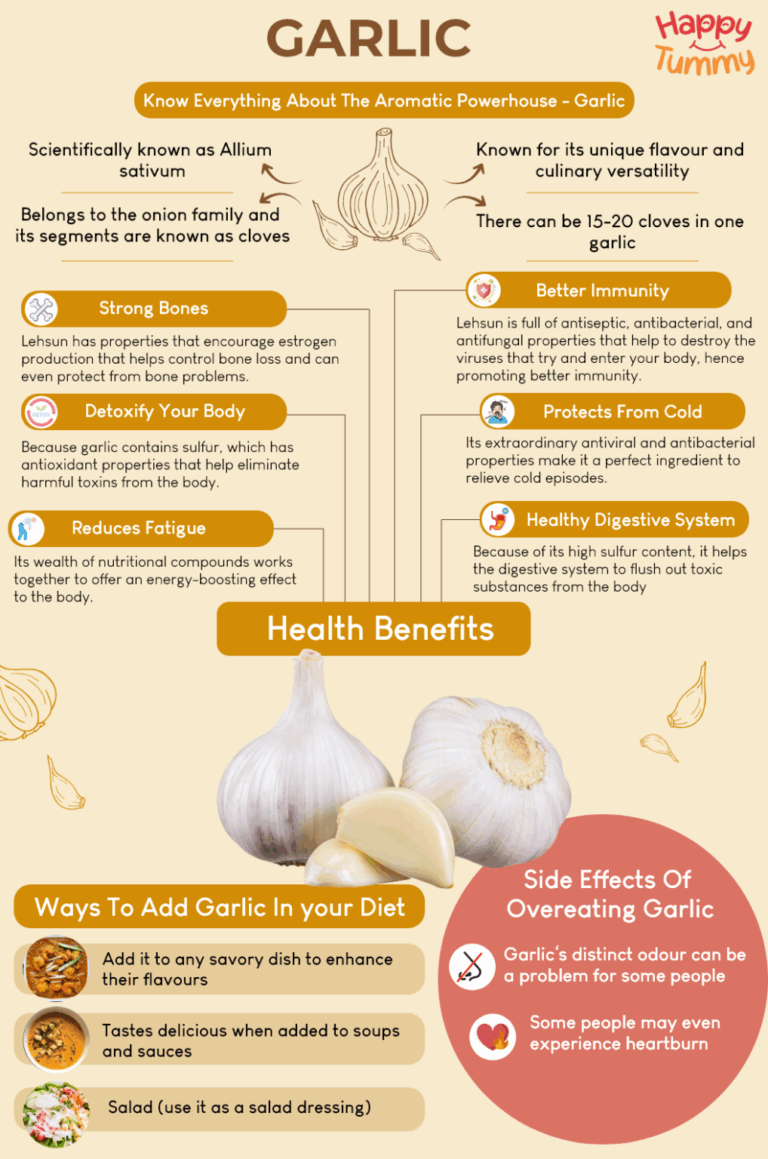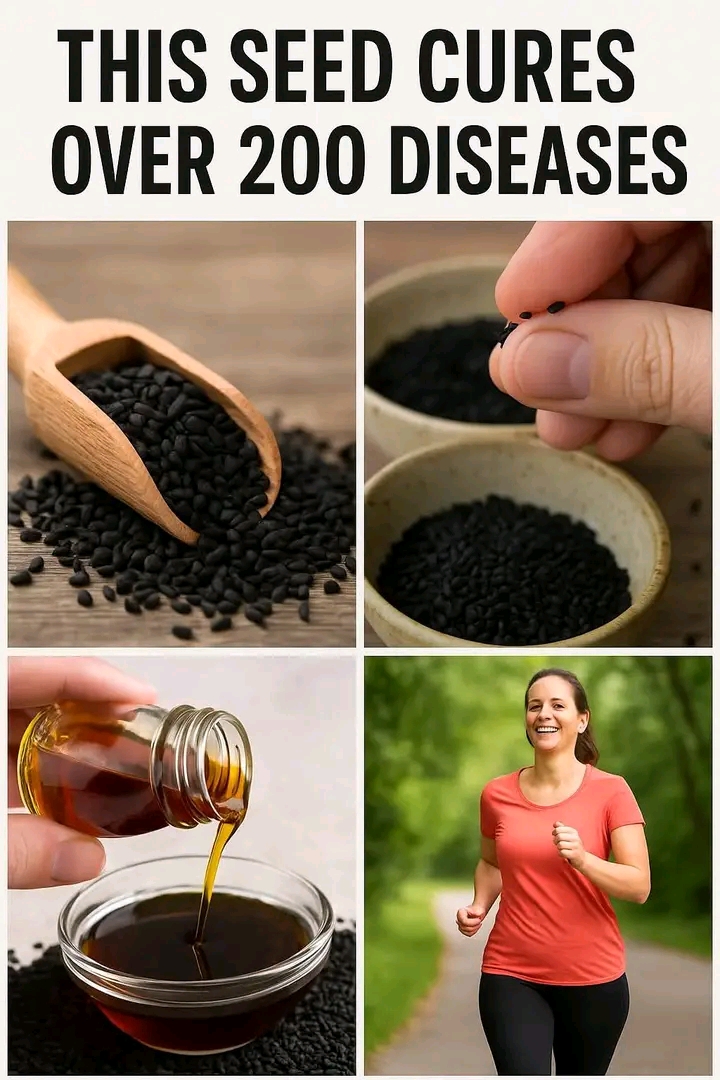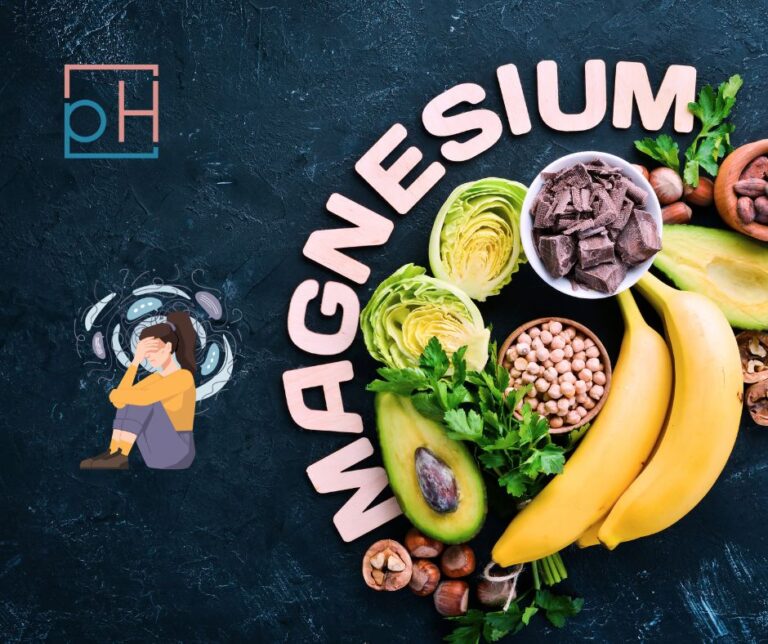The Cooling Crunch: Secrets to Cucumber’s Incredible Hydrating Power
In the verdant tapestry of nature’s bounty, where every fruit and vegetable holds a unique story of sustenance and vitality, there exists a humble hero often relegated to the side salad or the spa treatment: the cucumber. Its cool, crisp bite is universally recognized as refreshing, a whisper of coolness on a summer’s day. But beneath its unassuming exterior and the satisfying ‘crunch,’ lies a profound secret – a hydration powerhouse whose sophisticated mechanisms extend far beyond mere water content. This is the story of the cucumber, a narrative woven through ancient agricultural wisdom, modern nutritional science, and the very essence of cellular life, revealing why this unassuming gourd is, in fact, one of nature’s most effective elixirs for profound hydration.
We embark on a journey to uncover the multifaceted secrets of the cucumber, peeling back the layers of its genetic inheritance and its biological composition. For the knowledgeable audience, the discourse transcends the superficial, delving into the intricate dance of electrolytes, structured water, vital nutrients, and the subtle energetic shifts that contribute to its unparalleled ability to replenish and rejuvenate the human body.
Chapter 1: The Water Matrix – Beyond Simple H2O
At first glance, the cucumber’s most celebrated attribute – its remarkable water content, often cited at 95-96% – might seem straightforward. It’s a watery vegetable, end of story. Yet, for the discerning mind, this percentage only scratches the surface of its hydrating prowess. The water encased within a cucumber is not merely inert H2O; it is a complex, biologically active matrix, a living solution fundamentally different from the tap water we drink.
The Qualitative Distinction: Structured and Bioavailable Water
The concept of "structured water" or "exclusion zone (EZ) water," as proposed by pioneering scientists like Dr. Gerald Pollack, offers a profound lens through which to view the cucumber’s hydrating power. Within living organisms, water molecules are not randomly dispersed but are organized into a hexagonal, gel-like structure around hydrophilic surfaces. This structured water, sometimes referred to as the fourth phase of water, carries a negative electrical charge and can store energy, behaving almost like a battery.
When we consume a cucumber, we are not just ingesting water; we are consuming water that has been naturally organized and energized by the plant’s own biological processes. This structured water is believed to be more readily absorbed and utilized by our cells, bypassing some of the metabolic work required to restructure plain water. It’s akin to providing the body with pre-processed, high-energy fuel, allowing for more efficient cellular hydration and function. The cellular membranes, intricate gates to our internal world, seem to recognize and welcome this biologically active water with greater ease, facilitating a smoother transition of fluids and nutrients into the intracellular space. This efficiency means that every drop of cucumber water delivers a more potent hydrating effect, reaching deeper into the cellular architecture of our being.
The Electrolyte Symphony: A Balanced Rehydration
Beyond its structural integrity, the cucumber’s water is also a carrier for a vital symphony of electrolytes. Unlike plain water, which, when consumed in large quantities, can sometimes dilute the body’s existing electrolyte balance, cucumber offers a harmonious blend that actively supports fluid equilibrium.
- Potassium: This macromineral is paramount for maintaining fluid balance, nerve signals, and muscle contractions. Cucumber is a good source of potassium, which works in tandem with sodium (though present in smaller amounts in cucumber) to regulate cellular fluid levels. This balance is critical for preventing both dehydration and over-hydration at the cellular level.
- Magnesium: Often overlooked, magnesium plays a crucial role in over 300 enzymatic reactions in the body, including those involved in energy production, muscle and nerve function, blood glucose control, and blood pressure regulation. Its presence in cucumber further enhances the bioavailability of water and supports overall physiological function, indirectly contributing to efficient hydration.
- Trace Minerals: While not in large quantities, cucumbers also contain trace amounts of other minerals like manganese and silica, which contribute to the overall mineral profile, ensuring a more holistic rehydration experience. Silica, in particular, is often lauded for its benefits to skin, hair, and nails, connecting the dots between internal hydration and external vitality.
This electrolyte-rich profile ensures that the hydration provided by cucumber is not just about volume, but about quality. It’s a comprehensive rehydration that replenishes what the body loses through daily activities, sweating, and metabolic processes, making it an ideal choice for sustained cellular health. The narrative here isn’t just about quenching thirst; it’s about rebuilding the body’s internal reservoirs with precision and intelligence.
Chapter 2: Beyond Hydration – The Nutritional Ensemble
While water and electrolytes form the bedrock of cucumber’s hydrating power, its full story unfolds with the revelation of its broader nutritional tapestry. The cucumber is not a one-trick pony; it’s a nutritional ensemble, with each component playing a vital role in supporting overall health and, by extension, enhancing the body’s ability to maintain optimal fluid balance.
Vitamins for Vitality: The Cellular Support System
Cucumbers are a source of several key vitamins that act as co-factors in countless metabolic processes, indirectly bolstering the body’s hydration mechanisms and cellular resilience.
- Vitamin K: Primarily known for its role in blood clotting and bone health, Vitamin K also plays a part in cell growth and metabolism. A healthy cellular environment, supported by adequate Vitamin K, is better equipped to manage fluid exchange and nutrient uptake.
- Vitamin C: A powerful antioxidant, Vitamin C is crucial for immune function and collagen synthesis. Collagen, the most abundant protein in the body, is a structural component of skin, connective tissues, and blood vessels. By supporting collagen production, Vitamin C helps maintain the integrity of the skin barrier, which is essential for preventing transepidermal water loss (TEWL) and keeping the body adequately hydrated from the outside in.
- B Vitamins (Folate, B6): These essential vitamins are vital for energy metabolism, nerve function, and red blood cell formation. A body with efficient energy production and a robust nervous system is better able to regulate its internal environment, including fluid balance. Folate, in particular, is critical for DNA synthesis and repair, underpinning cellular health at its most fundamental level.
These vitamins don’t directly provide water, but they create a robust internal environment where hydration can thrive. They are the stagehands ensuring the smooth running of the hydration play.
Antioxidants: The Guardians Against Oxidative Stress
The hydrating power of cucumber is further amplified by its rich antioxidant content. In an age where environmental stressors and metabolic byproducts constantly threaten cellular integrity, antioxidants act as silent guardians, neutralizing free radicals and reducing oxidative damage.
- Flavonoids: Cucumbers contain various flavonoids, including quercetin, apigenin, and luteolin. These compounds are renowned for their anti-inflammatory and antioxidant properties. By mitigating inflammation and oxidative stress, flavonoids protect cell membranes, ensuring they remain permeable and functional, thus facilitating efficient water and nutrient transport.
- Triterpenes (Cucurbitacins): While often associated with the slight bitterness in some cucumbers, cucurbitacins are bioactive compounds with a growing body of research suggesting anti-inflammatory and even anti-cancer properties. In the context of hydration, their ability to reduce systemic inflammation contributes to overall cellular health, making the body more resilient and better able to maintain fluid balance.
- Tannins: These natural compounds give some fruits and vegetables an astringent quality. In cucumbers, tannins contribute to their soothing and tightening effect on the skin, a property long utilized in topical beauty treatments. Internally, their mild astringency can contribute to gut health, an often-underestimated aspect of overall hydration.
The story here is one of protection. These antioxidants don’t just provide hydration; they protect the very machinery that uses hydration, ensuring that the water absorbed is utilized optimally and that cells remain healthy and functional.
Fiber: The Unsung Hero of Gut Hydration
Often overshadowed by its water content, the fiber in cucumber plays a critical, albeit indirect, role in hydration. Cucumbers contain both soluble and insoluble fiber.
- Soluble Fiber: This type of fiber dissolves in water, forming a gel-like substance in the digestive tract. This gel helps slow down digestion, allowing for more thorough nutrient absorption and, importantly, helps retain water in the gut. This contributes to softer stools and regularity, preventing constipation, which itself can be a drain on the body’s fluid reserves.
- Insoluble Fiber: This fiber adds bulk to stool and helps food pass more quickly through the stomach and intestines. By promoting regular bowel movements, insoluble fiber ensures that waste products, which can draw water from the body if left too long, are efficiently expelled.
A healthy gut, facilitated by adequate fiber intake, is paramount for overall hydration. The gut is where much of our water and electrolyte absorption takes place. When the gut is functioning optimally, it maximizes the body’s ability to draw fluids from food and drink, thus enhancing systemic hydration. The connection between gut health, nutrient absorption, and skin health – often called the "gut-skin axis" – is also relevant here. A well-hydrated gut contributes to well-hydrated skin, completing a virtuous cycle.
Chapter 3: The Cooling Mechanism – More Than Just Perception
The "cooling crunch" isn’t just a catchy phrase; it’s a tangible physiological effect. The sensation of coolness from eating a cucumber is immediate, but its impact on thermoregulation extends far beyond the initial chill.
Thermoregulation: An Internal Air Conditioner
The high water content of cucumber, combined with its mineral profile, makes it an excellent food for supporting the body’s natural cooling mechanisms. When consumed, the relatively cool temperature of the cucumber itself can provide a temporary internal cooling sensation. More significantly, the water it provides is utilized by the body for various metabolic processes that generate heat. Adequate hydration allows the body to efficiently dissipate this heat through sweating and respiration, maintaining a stable core temperature. This is particularly crucial in hot climates or during physical activity, where the risk of overheating and dehydration is elevated. Cucumber acts like a natural internal air conditioner, assisting the body’s complex systems in staying within optimal temperature ranges.
Skin Applications: External Soothe and Hydrate
The cucumber’s cooling and hydrating properties are not confined to internal consumption. Its topical application has been a staple in beauty and traditional medicine for centuries.
- Soothing Puffy Eyes: The classic image of cucumber slices on the eyes is not just for aesthetics. The high water content, combined with anti-inflammatory compounds like cucurbitacins and flavonoids, helps reduce swelling and puffiness. The gentle astringency from tannins can also temporarily tighten the skin. The cool temperature of the slices constricts blood vessels, further reducing inflammation and providing immediate relief.
- Natural Toner and Moisturizer: Cucumber extract is a common ingredient in skincare products for good reason. Applied topically, the hydrating fluid from cucumber can replenish moisture in the epidermis, while its antioxidants protect against environmental damage. It leaves the skin feeling refreshed, soft, and naturally toned, an external reflection of its internal hydrating power.
This duality – internal nourishment and external application – underscores the cucumber’s holistic approach to wellness, a testament to its versatile biological gifts.
Chapter 4: The Culinary Canvas – Weaving Cucumber into Daily Life
The true beauty of the cucumber lies not just in its scientific marvels, but in its unparalleled versatility in the kitchen. Its mild flavor, crisp texture, and inherent freshness make it an indispensable ingredient for enhancing hydration and nutrition across a spectrum of culinary traditions. This chapter tells the story of how we integrate this hydration hero into our daily lives, transforming simple meals into hydrating experiences.
Versatility: From Salad Staple to Hydration Hero
The cucumber transcends cultural boundaries and culinary categories. It’s equally at home in a refreshing Greek salad with feta and olives as it is in a spicy Thai cucumber salad or a cooling Indian raita.
- Salads: The most obvious application. Diced, sliced, or spiralized, cucumber adds a hydrating crunch without overwhelming other flavors.
- Infused Water: A simple yet profound way to boost water intake. Slices of cucumber with mint, lemon, or ginger transform plain water into a subtly flavored, electrolyte-rich beverage. This is where the structured water concept shines – enhancing the quality of your daily water intake.
- Smoothies and Juices: For those seeking a concentrated dose of hydration and nutrients, cucumber blends seamlessly into green smoothies or fresh vegetable juices. It adds liquid volume without excessive sweetness.
- Soups: Cold cucumber soups, like gazpacho or creamy cucumber-dill soup, are perfect for summer, offering a refreshing and hydrating meal.
- Sandwiches and Wraps: Cucumber slices add a refreshing crispness and moisture, reducing the need for heavy dressings.
- Snacks: Simply sliced with a sprinkle of salt, or paired with hummus or a yogurt dip, cucumber makes for an incredibly satisfying and hydrating snack.
Pairing for Enhanced Benefits: A Symphony of Flavors and Nutrients
The cucumber’s mild profile makes it an excellent canvas for combining with other ingredients, amplifying its hydrating and nutritional benefits.
- With Citrus (Lemon/Lime): Adds Vitamin C, enhancing antioxidant power and further boosting flavor.
- With Mint: Enhances the cooling sensation and adds a refreshing aroma. Mint also has digestive benefits.
- With Ginger: Provides anti-inflammatory properties and a zesty kick, perfect for detoxifying waters.
- With Yogurt (Tzatziki/Raita): Creates a creamy, protein-rich, and probiotic-friendly dish that is incredibly hydrating and soothing. The probiotics in yogurt further support gut health, synergizing with cucumber’s fiber.
- With Berries: In fruit salads or smoothies, berries bring a wealth of antioxidants, complementing cucumber’s hydrating base.
By intentionally pairing cucumber with other nutrient-dense ingredients, we elevate its role from a simple hydrating agent to a key component in a truly holistic and delicious approach to health. The culinary journey of cucumber is a testament to its adaptability and its unwavering commitment to our well-being.
Chapter 5: The Science Speaks – Research and Traditional Wisdom
The cucumber’s story is not just one of anecdotal refreshment; it is increasingly being substantiated by scientific inquiry, even as its virtues have been recognized by traditional wisdom for millennia. The journey from ancient gardens to modern laboratories reveals a fascinating interplay between historical practice and contemporary understanding.
Historical Context: Ancient Elixirs and Remedies
The cucumber, believed to have originated in India, has a rich history that spans over 3,000 years. Ancient civilizations recognized its cooling and medicinal properties long before scientific terms like "electrolytes" or "flavonoids" existed.
- Ancient Egypt: Cucumbers were a staple food, often depicted in frescoes, and were known to be cultivated for their cooling properties, especially in the arid climate. They were also used in cosmetic preparations.
- Ancient Greece and Rome: The Greeks and Romans extensively cultivated cucumbers, using them not only as food but also in remedies for various ailments, from snake bites to bad eyesight. The Roman Emperor Tiberius reportedly had cucumbers on his table every day of the year, a testament to their perceived value.
- Traditional Medicine Systems: In Ayurvedic medicine, cucumbers are considered cooling and pitta-pacifying, used to balance heat in the body. In traditional Chinese medicine, they are used to clear heat and detoxify the body.
This long history of use across diverse cultures underscores a consistent recognition of the cucumber’s unique properties, especially its hydrating and cooling effects, even if the underlying mechanisms were not scientifically articulated. It’s a testament to the intuitive wisdom of ancient healers and culinary traditions.
Modern Research: Unpacking the Bioactive Compounds
While extensive human clinical trials specifically on "cucumber hydration" are less common than studies on pharmaceutical compounds, modern research has focused on isolating and understanding the bioactive compounds within cucumbers.
- Cucurbitacins: Studies have explored the anti-inflammatory, antioxidant, and even potential anti-cancer effects of cucurbitacins, particularly in the context of various cancers. While the amounts in culinary cucumbers are generally low, this research points to the inherent bioactivity of the plant.
- Flavonoids and Phenolic Acids: Research into the antioxidant and anti-inflammatory properties of compounds like quercetin and apigenin, found in cucumbers, provides a scientific basis for their protective effects against oxidative stress and chronic diseases.
- Silica: Modern analyses confirm the presence of silica, a trace mineral vital for connective tissue health, collagen formation, and skin elasticity, thereby supporting the traditional use of cucumbers for skin health.
The scientific community is steadily building a more detailed picture of how the cucumber’s complex array of compounds works synergistically. While individual studies may focus on specific components, the cumulative understanding reinforces the holistic benefits observed traditionally. The story is moving from folklore to factual evidence, deepening our appreciation for this unassuming gourd.
The Holistic View: Consistent Hydration, Long-Term Health
Perhaps the most profound insight offered by both tradition and emerging science is that consistent, gentle hydration from foods like cucumber contributes significantly to long-term health, rather than just serving as a crisis intervention for dehydration. The body thrives on steady replenishment, a constant influx of structured water, electrolytes, and micronutrients. The cucumber, with its easy digestibility and mild nature, provides this without taxing the digestive system or introducing unwanted additives. It’s a proactive approach to well-being, where every crisp bite is a step towards sustained vitality.
Chapter 6: The Hydration Imperative – Why We Need Cucumber’s Help
In our fast-paced, often stressful modern lives, the imperative for optimal hydration has never been greater. Yet, paradoxically, chronic mild dehydration is a silent epidemic, subtly undermining our health and vitality. This chapter explores why the cucumber isn’t just a healthy option, but a necessary ally in our quest for sustained well-being.
The Silent Dehydration Epidemic: A Modern Malaise
Many individuals navigate their days in a state of mild dehydration, often unknowingly. The demands of work, travel, environmental factors like air conditioning, and a reliance on dehydrating beverages like coffee and sugary drinks contribute to a perpetual fluid deficit.
- Subtle Symptoms: The signs of mild dehydration are often dismissed as everyday fatigue, headaches, difficulty concentrating, irritability, or dry skin. These symptoms are insidious because they are so common, masking the underlying issue of insufficient fluid intake.
- Impact on Performance: Even a 1-2% drop in body water can impair cognitive function, mood, and physical performance. For a knowledgeable audience, understanding that this isn’t about extreme thirst but about subtle shifts in cellular function is key.
- Metabolic Strain: When the body is dehydrated, metabolic processes become less efficient. Kidneys work harder, the circulatory system is strained, and nutrient delivery to cells is compromised.
This widespread under-hydration creates a critical need for accessible, enjoyable, and effective hydration strategies. This is precisely where the cucumber steps onto the stage as a leading player.
Cucumber as a Proactive Solution: Nature’s Daily Elixir
The cucumber offers a perfect, proactive solution to the silent dehydration epidemic. It’s a delicious, versatile, and readily available food that seamlessly integrates into daily routines, providing consistent, high-quality hydration without the drawbacks of many other beverages.
- Accessible and Affordable: Cucumbers are widely available and generally affordable, making them a practical choice for daily consumption across various socioeconomic strata.
- No Added Sugars or Artificial Ingredients: Unlike many commercial "hydrating" drinks, cucumbers provide pure, natural hydration free from sweeteners, artificial flavors, or preservatives. This aligns perfectly with a clean eating philosophy.
- Beyond Thirst: The wisdom of incorporating water-rich foods like cucumber is that it encourages hydration before thirst sets in. Thirst is often a lagging indicator of dehydration, meaning by the time you feel it, your body is already experiencing a deficit. Regular consumption of cucumber helps maintain optimal fluid levels throughout the day, ensuring cellular processes run smoothly without interruption.
- Holistic Contribution: As we’ve explored, the cucumber contributes not just water, but electrolytes, vitamins, antioxidants, and fiber. This holistic package means it supports overall health, contributing to energy levels, digestive regularity, and skin vitality, all of which are intrinsically linked to hydration.
The story culminates here with a powerful message: the cucumber is more than a culinary delight; it’s a vital tool in our modern arsenal for combating the insidious effects of chronic dehydration. It’s a gentle reminder from nature that true well-being is often found in the simplest, most fundamental acts of nourishment.
Conclusion: The Enduring Legacy of the Cooling Crunch
Our journey through the world of the cucumber has unveiled a profound narrative, far richer and more complex than its unassuming reputation suggests. From its ancient origins to its modern scientific validation, the cucumber stands as a testament to nature’s ingenious design, a masterclass in elegant simplicity delivering powerful benefits.
We have peeled back the layers to discover the secrets of its incredible hydrating power: not merely a reservoir of water, but a matrix of structured, biologically active water, rich in essential electrolytes like potassium and magnesium, meticulously organized for optimal cellular uptake. We delved into its broader nutritional ensemble, recognizing the vital contributions of Vitamins K, C, and B, and a potent array of antioxidants – flavonoids, cucurbitacins, and tannins – that protect and revitalize at the cellular level. Its often-overlooked fiber content emerged as a silent guardian of gut health, a cornerstone of systemic hydration.
Beyond its internal mechanics, we explored the tangible reality of its cooling mechanism, a soothing balm for the body’s thermoregulation, mirrored in its topical applications for skin rejuvenation. And finally, we witnessed its unparalleled culinary versatility, a canvas upon which we can paint a daily masterpiece of hydrating sustenance, seamlessly weaving its benefits into the fabric of our lives.
The cucumber’s story is a compelling reminder that true hydration is a nuanced art, not merely a quantitative measure. It’s about the quality of the water, the balance of accompanying nutrients, and the holistic support it offers to every cell in our body. In a world increasingly prone to silent dehydration, the humble cucumber emerges not just as a refreshing snack, but as a proactive champion of well-being, a daily dose of nature’s finest elixir.
Embrace the cooling crunch. Embrace the cucumber. For within its crisp, green embrace lies a profound secret to enduring vitality and the incredible hydrating power that truly nourishes from the inside out.






